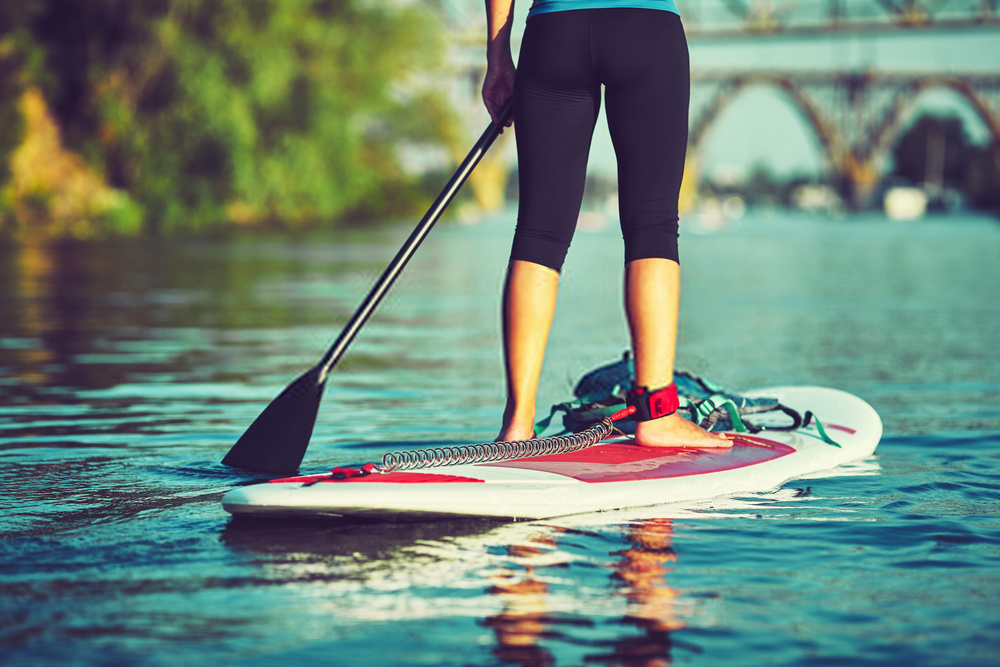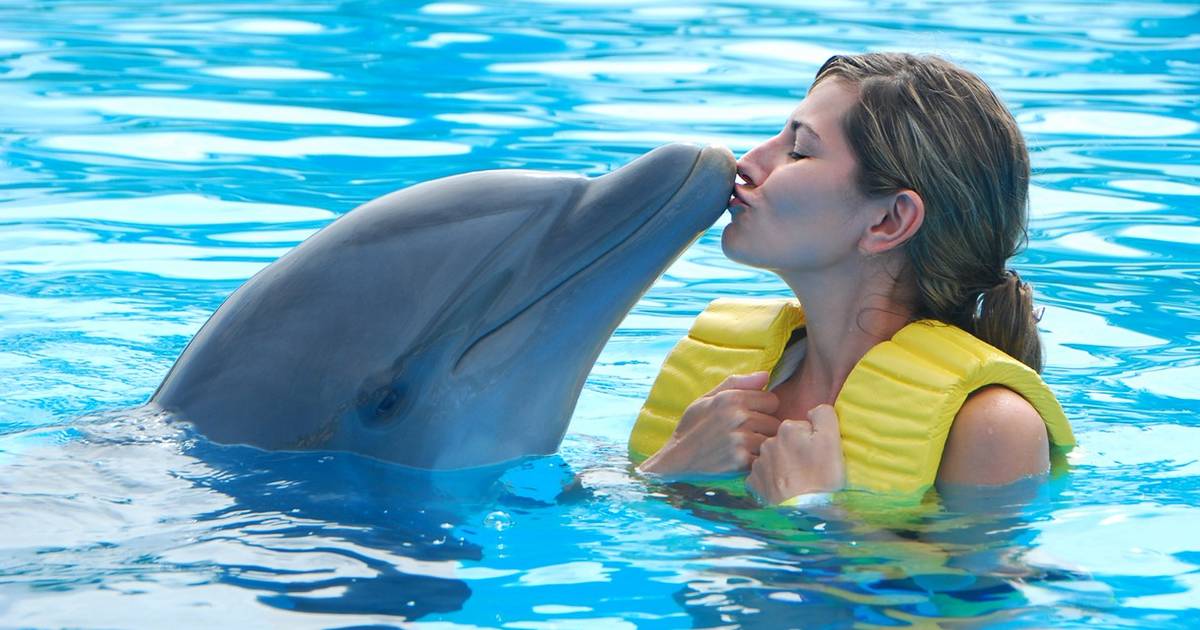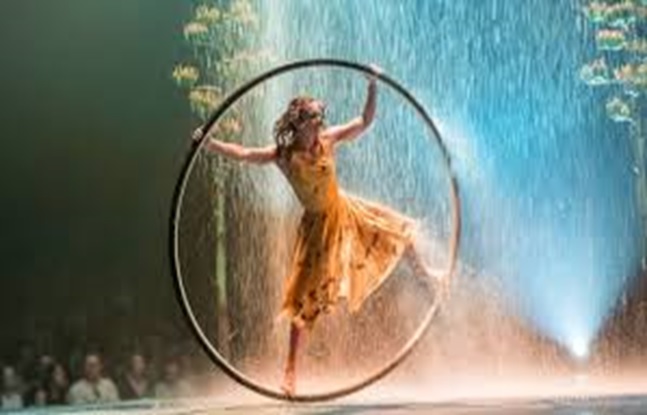Everything You Need To Know Before Paddleboarding For The First Time

Standing atop a paddleboard and navigating the water might look easy when you’re standing upon the shore but, especially for those venturing out for the first time, it isn’t as casual a task as it seems. Even without waves testing your balance, paddleboards require a certain amount of confidence and dexterity, as well as an understanding of the equipment, for a paddleboarder to enjoy themselves and remain safe.
That being said, paddleboarding is both known and decidedly popular because of its accessibility, so don’t let this put you off. The watersport welcomes a range of people of all different ages and physical abilities. Before you get out onto the water, however, there are just a few things you need to know.
Secure Your Leash
All paddleboarders will attach their board to their body, and for good reason. Should you fall from your board and into the water, there’s a good chance that you will be separated from your board, making it difficult to reclaim your position and safety.
Promising you are connected, however, whether by an ankle or waist leash, you will be able to climb aboard once more.
Launch With Caution
Transferring yourself from land to water is often considered to be the most difficult part of paddleboarding. It is important to remember that certain areas, particularly those at sea and around boats, will be most susceptible to waves and rocking, so be sure to have extra caution.
Know Your Paddleboard Preference
Not every paddleboard is the same. Depending on your preference, there are a number of different types of paddleboard to suit you, including various sizes, styles, and designs. Individuals will also need to choose between a solid and inflatable paddleboard too.
There’s an ongoing discussion regarding the differences between both solid and inflatable boards but, for a beginner, one should primarily concern themselves with which is easiest for them to carry and store.
Handle Your Paddle
Correctly holding the paddle is important when on the water because failing to do so correctly will result in more exertion and less control. Additionally, it is important to remember that, when coming close to a wall or object in the water, do not use your paddle to push yourself away. Doing so is likely to leave you falling into the water!
Perspective Affects Balance
There’s an inclination among beginner paddleboarders to keep their eyes on their feet and body. Doing so, however, is actually counterproductive and will likely lead to difficulty balancing. Instead, it is most appropriate to keep your eyes on the horizon, as well as the direction you’d like to travel.
It may be difficult at first to pull your gaze away from yourself but it is actually much easier to both balance and navigate if you do.
Fall Off, Climb On
To overcome the anxiety many experience when first paddleboarding, it is recommended that individuals practice falling off of their board and climbing back on. This will relieve any potential stress and help paddleboarders to feel more comfortable and able to keep their cool when out on the water.




